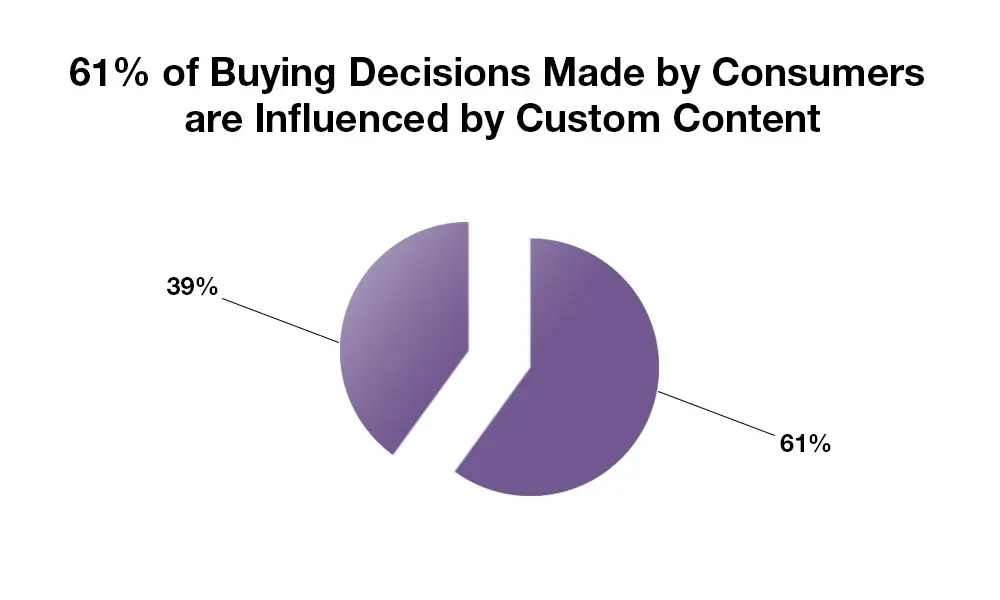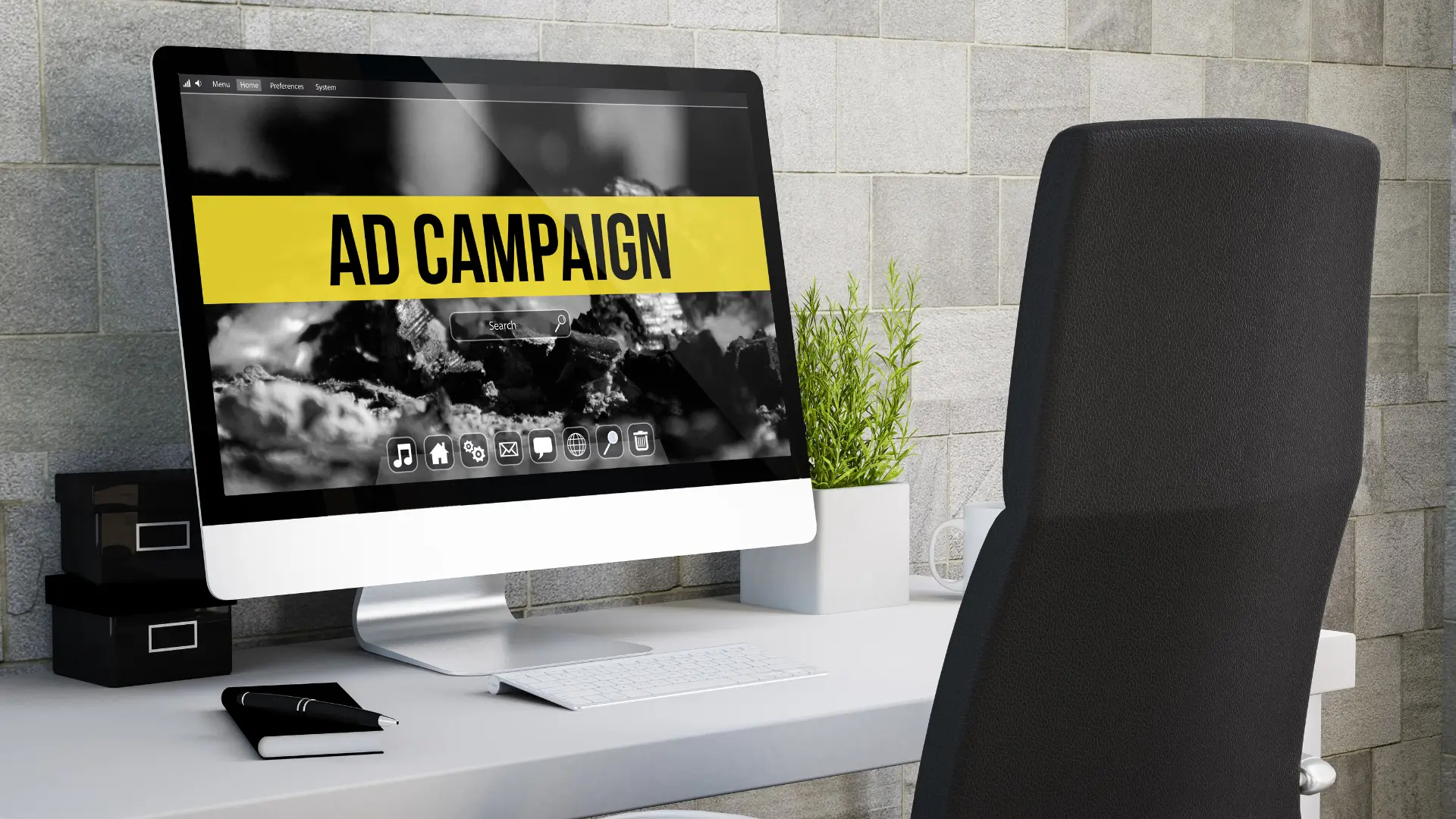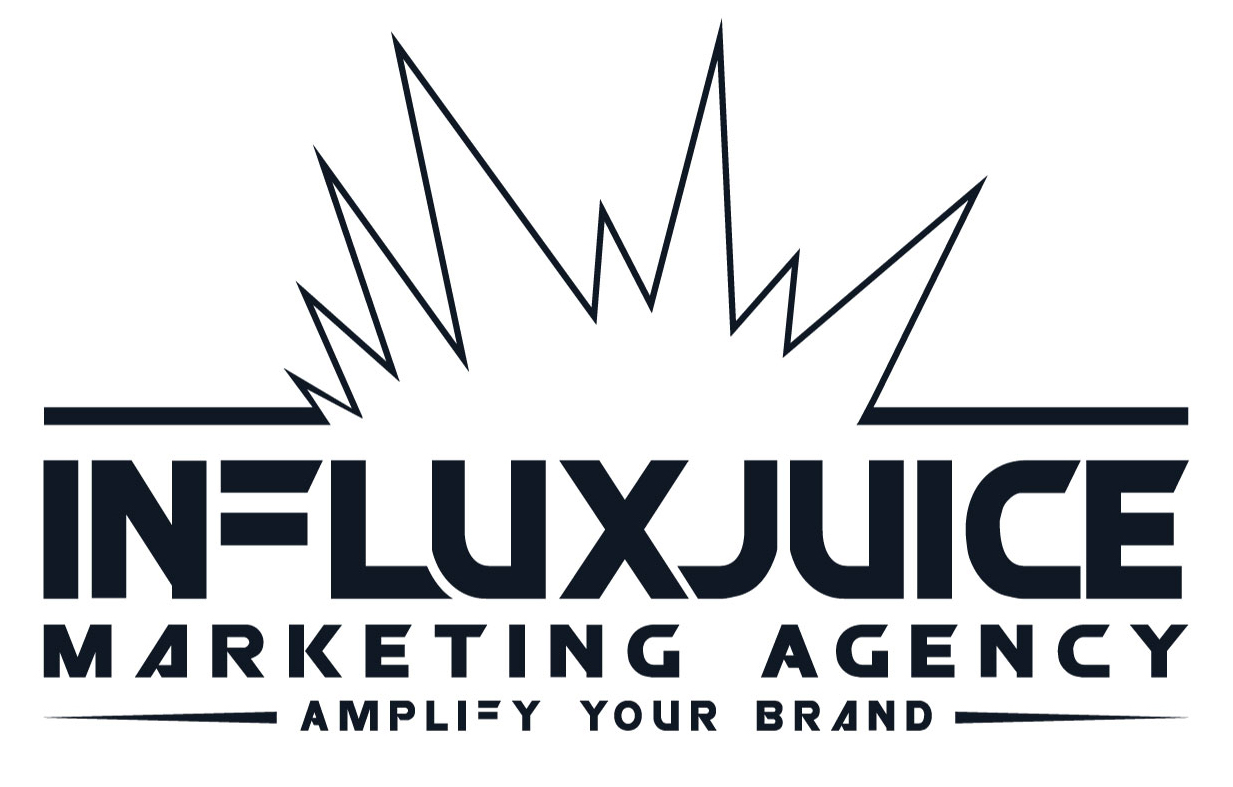Do you think ads works better than content marketing?
When you see an ad on Facebook or YouTube, what’s your first reaction?
Do you instantly make a purchase? Or do you start researching the product, comparing options, and reading reviews before deciding?
Most people fall into the second category. That’s why content marketing and paid ads shouldn’t be seen as separate strategies – they work best when combined.
If you’re not using both, you’re missing out on potential profits.
But when should you prioritize paid ads over content marketing? How should you allocate your budget? And how do they complement each other?

Research from Dragon Search Marketing shows that 61% of consumers are influenced by custom content.
In this guide, we’ll break down the pros and cons of each approach, helping you decide the best strategy for your business and how to balance budgets effectively.
What Is Content Marketing?
Content marketing is the process of creating and sharing valuable, relevant content to attract and retain a target audience. This can include:
- Blog posts
- Videos
- News articles
- eBooks
- Infographics
The goal? To provide useful information that builds trust with your audience, making them more likely to buy from you.
Content marketing also boosts SEO and strengthens your brand’s online presence.
While it takes time to see results, the long-term ROI is often higher than any other marketing channel because, once published, the traffic is essentially free.
Google is the best source of organic traffic – it’s highly targeted and consistent. Social media can drive traffic, but converting those visitors into buyers is harder unless you have a large following.

Ultimately, content marketing helps businesses:
- Establish authority in their industry
- Improve customer relationships
- Drive website traffic and leads
- Increase sales over time
Now, let’s look at paid ads—specifically Facebook Ads, one of the most popular options.
What Are Facebook Ads?
Facebook Ads are paid promotions that appear on Facebook, Instagram, and the Facebook Audience Network.
They’re popular because they allow hyper-targeted advertising based on demographics, interests, and behaviors. You can also customize ads with images, videos, or calls to action to boost engagement.
However, unlike organic content, you pay for every interaction – whether it’s clicks, likes, or landing page visits. Facebook provides detailed analytics to track performance, including reach, engagement, and conversions.

In 2021, Facebook was ranked #1 for social media investment, lead quality, and ROI (HubSpot). By Q3 2021, 70% of marketers used Facebook Ads, with over 10 million active advertisers (Social Media Examiner).
Facebook’s precise targeting and analytics make it a top choice for businesses looking to scale quickly.
Key Differences: Content Marketing vs. Paid Ads
| Aspect | Content Marketing | Paid Advertising |
|---|---|---|
| Definition | Creating valuable content to attract an audience | Paying for ads to promote a brand |
| Focus | Building trust and long-term relationships | Immediate visibility and conversions |
| Cost | Lower long-term cost, but requires time | Higher upfront cost, pay-per-click |
| Results | Slow but sustainable growth | Fast but stops when budget runs out |
| ROI | High over time | Can be strong if optimized |
| Sustainability | Long-term asset | Requires continuous investment |
| Audience Engagement | Builds loyal followers | Targets cold audiences |
| SEO Impact | Improves rankings | No direct SEO benefit |
| Brand Building | Establishes authority | Increases visibility but not trust |
While both strategies promote products or services, they serve different purposes:
- Content marketing educates and builds trust over time.
- Paid ads generate quick traffic but don’t foster long-term loyalty.
Is Immediate Traffic Worth It?

Paid ads can be useful for:
- Driving fast traffic alongside content marketing
- Promoting limited-time offers
However, they come with risks:
- High costs (you pay for every click)
- Results vanish when you stop paying
- Requires constant optimization
In contrast, content marketing grows steadily and keeps working long after publication.
Starting with Paid Ads Is Risky

It’s tempting to jump into paid ads for instant traffic, especially for new businesses. But without experience, you could waste thousands.
- Testing ads can burn through $5,000+ before finding a winning strategy.
- Facebook’s algorithm changes frequently, making results unpredictable.
- 74% of users are tired of irrelevant ads (SurveyMonkey), and ad blockers reduce reach.
Facebook Ads can be profitable—if you know what you’re doing. But they’re high-risk for beginners.
Do You Need a $30k/Month Ad Budget?

If you don’t have $20,000–$30,000 per month to test ads, you probably shouldn’t rely on paid traffic.
Exceptions exist—if you have proven funnels, winning ads, and a strong niche. But for most businesses, paid ads require significant testing and budget before becoming profitable.
Instead, start with organic traffic, then reinvest profits into paid ads once you have a solid foundation.
Why Organic Content Is the Best Starting Strategy
- Low risk – No wasted ad spend while optimizing your funnel.
- Easy to create – Write about what you know.
- Audience insights – Learn what your customers want without spending money.
- Long-term traffic – Content keeps ranking and attracting visitors.
- Boosts ad performance – Helps train ad algorithms for better targeting.
When Should You Start Paid Ads?
Paid ads make sense if:
- You have experience in online sales.
- You’re prepared to lose money testing before scaling.
- You also invest in content marketing (more on this next).
Why Content Marketing Is Essential Alongside Paid Ads
If you’re running ads without content marketing, you’re losing sales. Why?
- 80% of buyers research before purchasing.
- They’ll Google your brand, check reviews, and compare alternatives.
- If your content isn’t there, competitors will steal your traffic.
Brands lose 20–40% of ad spend because they lack content to convince skeptical buyers.
At InfluxJuice, we’ve helped clients profit by intercepting competitors’ ad traffic—when users research a product, our content guides them toward our clients instead.
How to Allocate Budget: Paid Ads vs. Content Marketing
- Starting out? Focus 100% on content marketing until you generate sales.
- Experienced with some budget? Split 50% ads, 50% content while testing.
- Established & profitable? Allocate 10–30% to content, the rest to scaling ads.
Content Marketing Is More Sustainable

Paid ads bring fast results, but content marketing:
- Builds trust and credibility (96% of top marketers agree).
- Generates long-term organic traffic.
- Increases revenue over time (53% of marketers confirm this).
If you want a reliable, cost-effective strategy, content marketing is the way to go.
Need Help with Your Content Strategy?
Should you invest in Facebook Ads or content marketing?
If you’re just starting, content marketing is the safer choice. It’s sustainable, cost-effective, and builds real brand authority.
But managing content can be time-consuming. If you need expert help, contact our team at InfluxJuice for a tailored strategy.
Want to know how to increase customers and sales for your business?
Tap here to chat to me and I’ll show you how we make it happen.
If you’ve enjoyed reading today’s blog, please share our blog link below.
Do you have a blog on business and marketing that you’d like to share on influxjuice.com/blog? Contact me at rob@influxjuice.com.
Want to know how we can guarantee a mighty boost to your traffic, rank, reputation and authority in you niche?
Click here to access our Playbook – ‘SEM/GEM Guide’.

